– Do you know that in Namibia there is the largest and heaviest meteorite on the planet?
It is called the Hoba meteorite, is located near the town of Grootfontein and was discovered in 1920. It is the largest piece of natural iron discovered to date in the world (weighs about 66 tons and measures 2.7 meters wide and almost 1 meter high), and is estimated to have been created more than 300 million years ago and to have impacted the Earth’s surface some 80,000 years ago. Since then, it has not moved and was discovered by chance by the owner of the Hoba West farm, who was stirring the earth with an ox and heard metallic sounds while the animal was plowing. It is seen that the fall of the meteorite left no traces of craters or eruptions in the surrounding lands because as it crossed the Earth’s atmosphere, it slowed down the speed of the meteorite causing it to fall intact to where it was located.
It is declared a National Monument, and this makes many tourists and locals visit it year after year. When we went there, we met a school group who were on a week-long end-of-year trip to different parts of the country.
It can be reached from the north following the road from Tsumeb to Grootfontein (C42) and turning off onto the D2859 where the path will be signposted until you reach the meteorite site. From the south, take the road from Otavi to Grootfontein (B8) and turn onto the D2859 to access Hoba Farm. Admission is 50 NAD per person and it’s open from 8am to 5pm.
– Do you know that the roads in Namibia are classified according to the letters of the alphabet?
Namibian roads are classified by letter and number. The letter will be the type of road and the number will be used to differentiate them. There are type B, C, D roads.
B roads: They serve to unite the different cities, they are basically asphalted main roads, wide and that you can go up to 120 km / h. The most important are B1 and B2. They are usually the ones with the most traffic. You have to be careful with the trucks. They have numerous picnic areas around to make quiet stops.
C roads: most of them are dirt roads, wide and quite good. Some of them are currently being paved. It should be borne in mind that there may be some unexpected holes and also as “hills” that make the car constantly bounce. Generally, they are well signposted. Few cars pass by. Many of them are circulating where the road is in the best condition, so be careful of changes in gradient not to find a car in front of you. Speed allowed between 80-100km. Take care with C roads that are made of salt especially in the Walvis Bay area of Cape Cross as the grip of the wheels on the ground is less.
D roads: they are dirt roads like the C-type ones but a little narrower and generally don’t improve them as often. Therefore, there may be more holes, stones, etc…at the road. There were also more gradient changes and more curves without as much visibility. They are more suitable for 4x4s than with a normal car. Speed allowed between 80-100km.
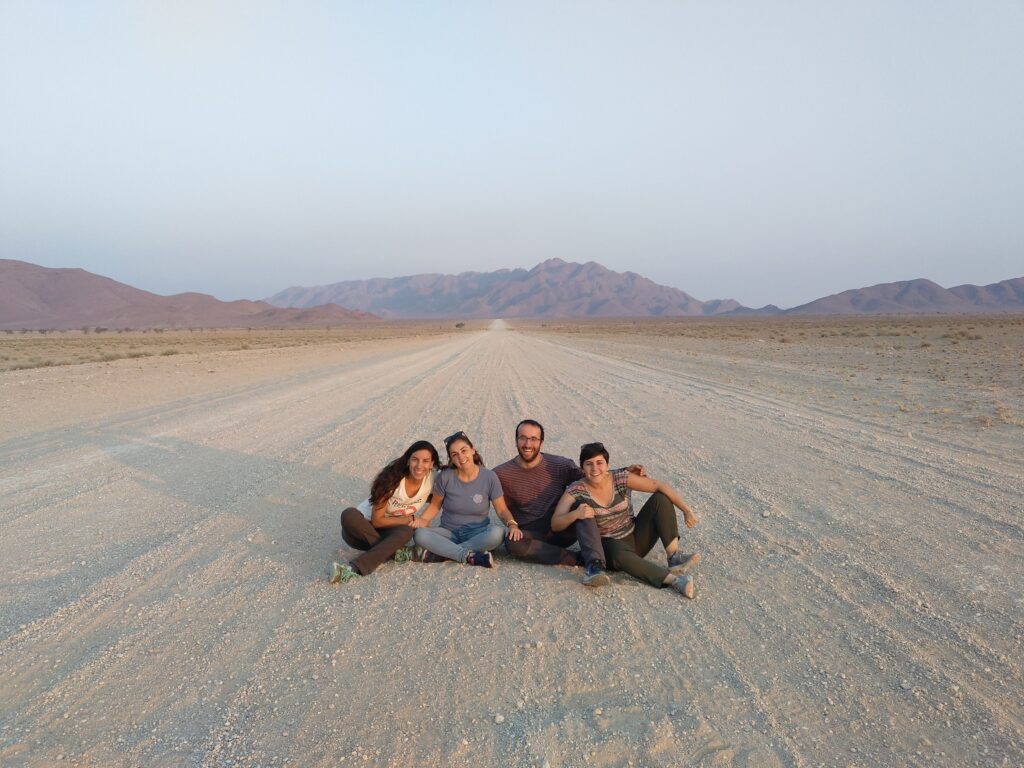
– Do you know that Namibian gas stations are a real experience?
One of the best travel experiences is contact with local people. Share a moment with them, learn about their way of doing things, know their situation and soak up the country in a close way and not as if there is a wall between the tourist and the local. Sometimes, getting to this point is difficult and you have to have time, desire to talk, want to know, respect and have an open mind to dare to live these local experiences, which will surely be the ones you will remember most emotionally with the course of the years. To us, it happened with the Nguema family. And so, one of the keys to living it is to learn four words of their language so that you can start speaking and see that you are striving to communicate as they do and that you are interested in the their culture. In Africa, we find many tribal languages in one country. However, it is not very difficult to have written down four sentences in advance in the different languages you will encounter along the way. That way, you’re sure to have great memories during the trip because people are always the essence of the country you visit.
For example, in Namibia, we learned four concepts in Owambo before we arrived. And one of the best places to practice your language skills was at gas stations. In Africa, the mechanization of gas stations is still light years away. While in Girona you can put and pay for petrol through an automatic machine without talking to anyone, in Africa the experience of petrol stations is completely different.
As you approach a gas station you will see a large number of workers urging you to enter one of their available lanes. Once you have parked the car next to the gas station, one of the workers will open the tank for you while the other will lift the windshield to clean the front glass, another will pass a soft cloth through the side windows and another will watch as others do all the work while waiting for new customers to arrive. Then, if you feel like it, you can talk to them about the country, about the roads, about football or about the weather. We always put our language skills into practice by greeting people with their local language. Olingi, wa lala po, nawa… Then all the workers would come to you very proud and happy to hear a foreigner speak their language and ask you how you had learned their language, they would teach you new words, they would tell you what they did and you will have a very funny and enjoyable time with all of them.
Once, we stopped at a gas station and, as we always did, we started talking Owambo. On the other side was a white-skinned, Afrikaans man from Namibia who passed by and was amazed that we spoke his language. The workers told us very clearly: “They have been here all their lives and they don’t know how to say anything in our language, and you, that you are coming for a month know more than all of them who were born in Namibia.” And there is still a lot of cultural racism between blacks and whites on the issue of apartheid (black people tend to do all the hard work) although the government is trying to turn it around by promoting parity in the various public job offers.
Do you want to practice? Here are some words to learn from Owambo to use during your trip to Namibia:
| ENGLISH | OWAMBO |
| Hello | Olingi |
| How are you? / Good morning | Wa lala po?* |
| Good afternoon | Wu uhala po?* |
| Good night | Wa tokelwa po?* |
| Yes | Eeeeh |
| No | Aawe (Aaee) |
| Good | Nawa |
| Have a nice day | Inda po nawa |
| Thank you | Tangi unene |
| I | Ngame (Ngaye) |
| You | Ngoye |
| He / She | Ye |
| We | Tse |
| You (pl) | Ne |
| They | Yo |
| My name is……………….. What’s your name? | Ongame ……………. Ongoye lye? |
| Where are you from? I’m from ……………….. | Owa za peni? Onda za ko ……………….. |
*In these cases, they ask if you rested last night (to say good morning), if you spent the afternoon (to say good afternoon) and if the sky becomes serene and white during the evening (to say good night).
And if you want to know more, here’s one link to learn Owambo’s grammatical formations which are very curious.

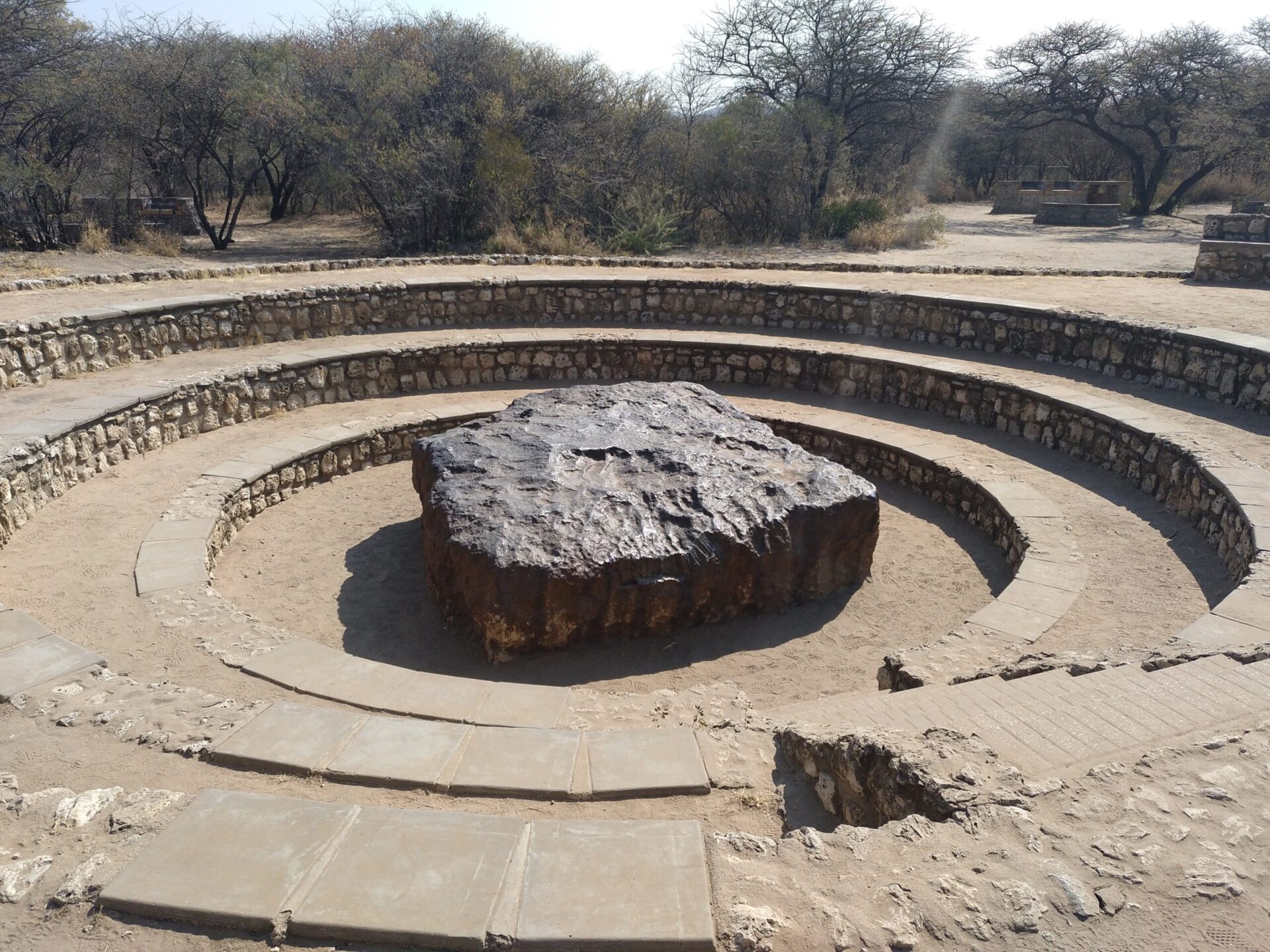
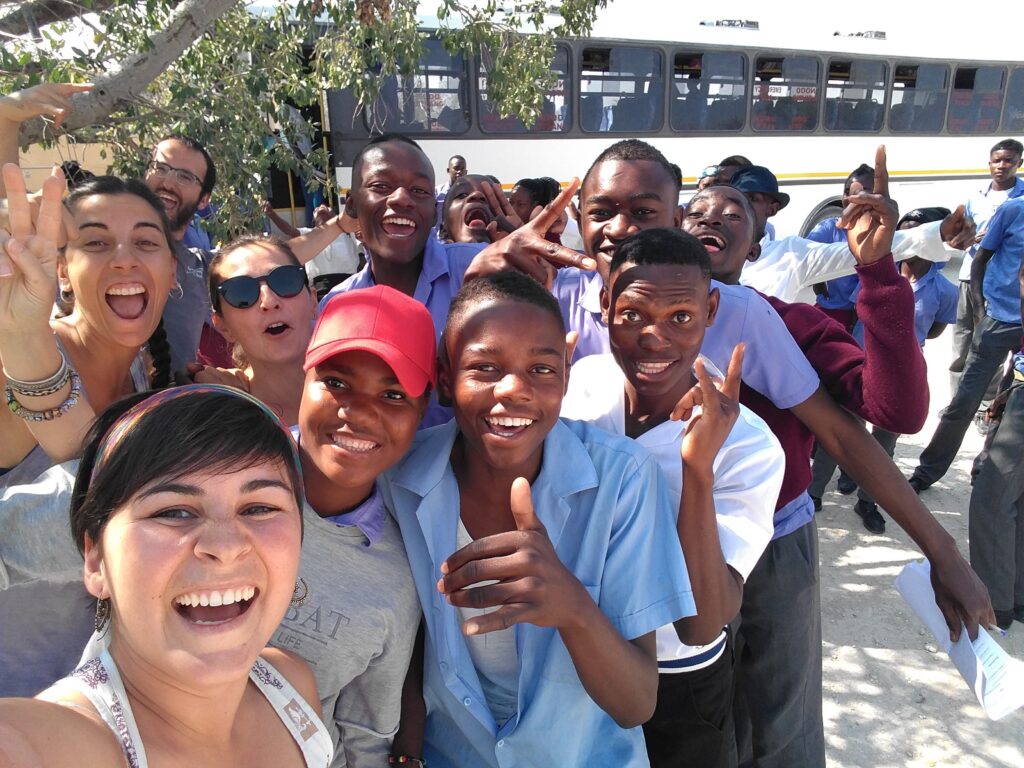
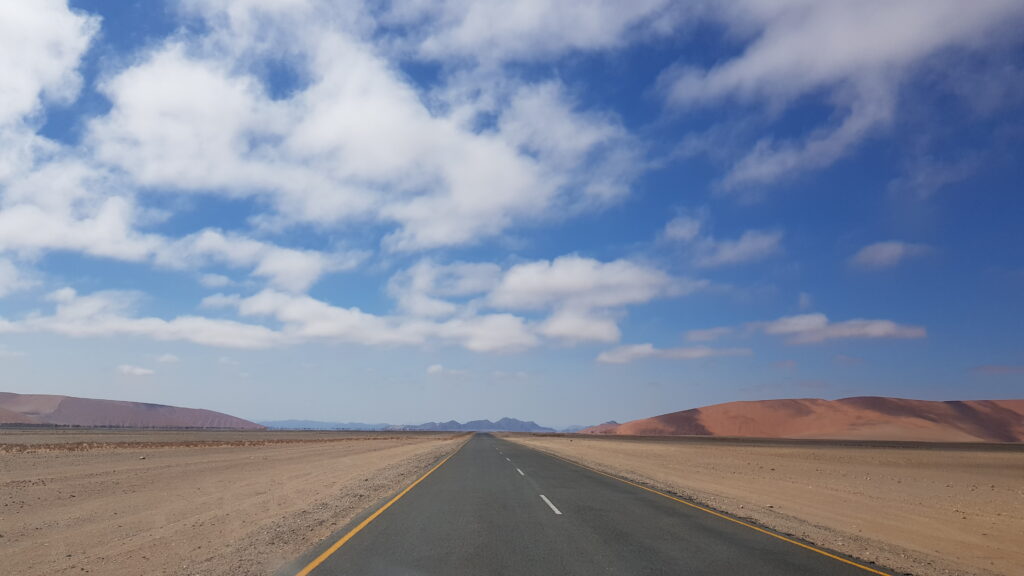
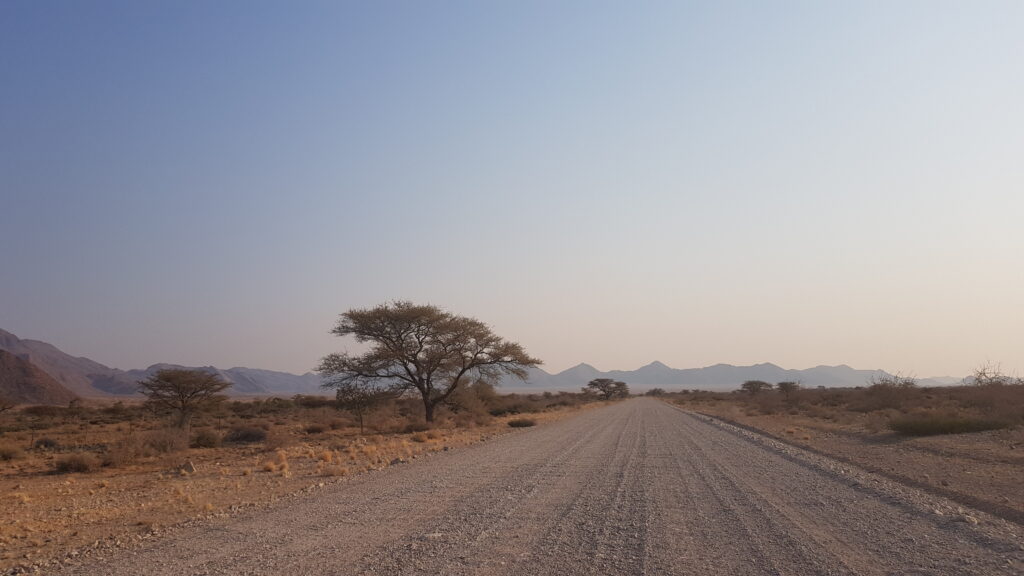
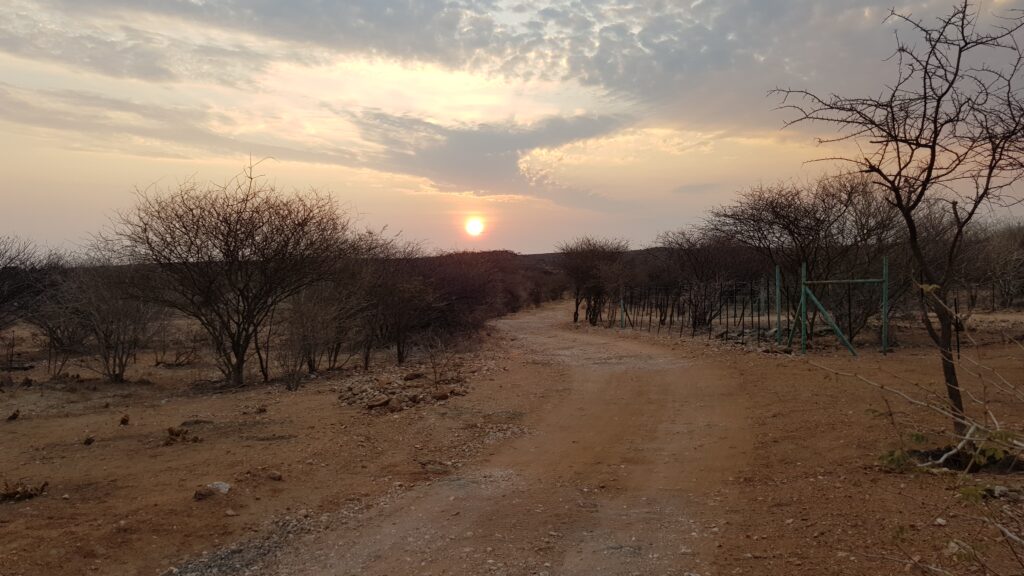
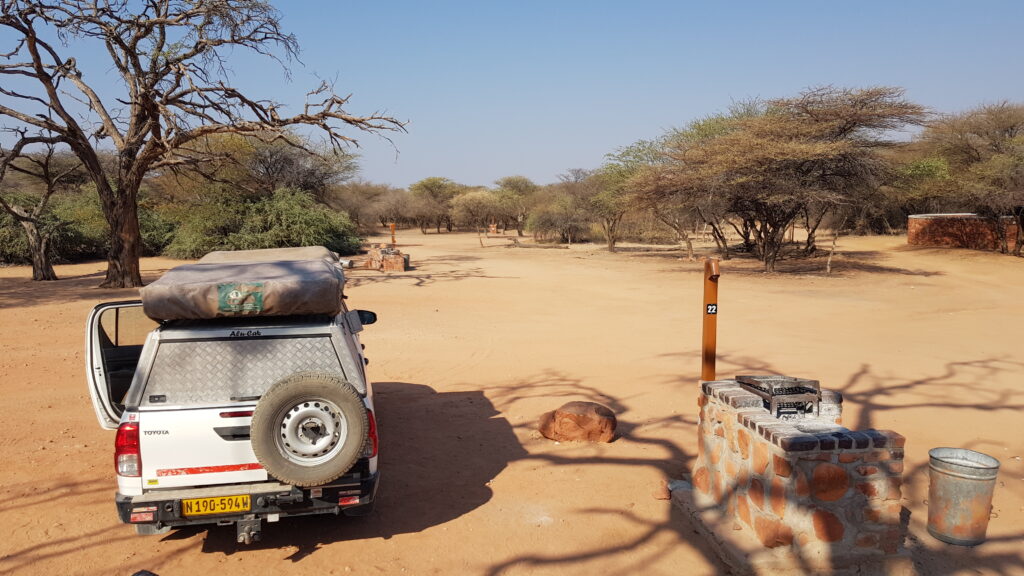
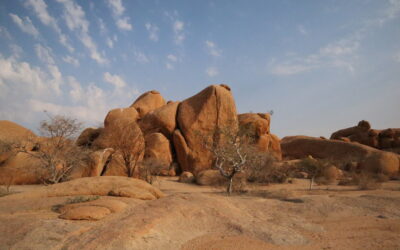


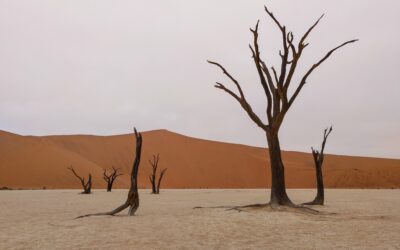
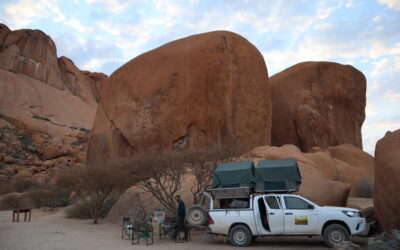
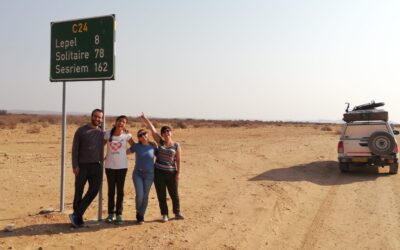

0 Comments